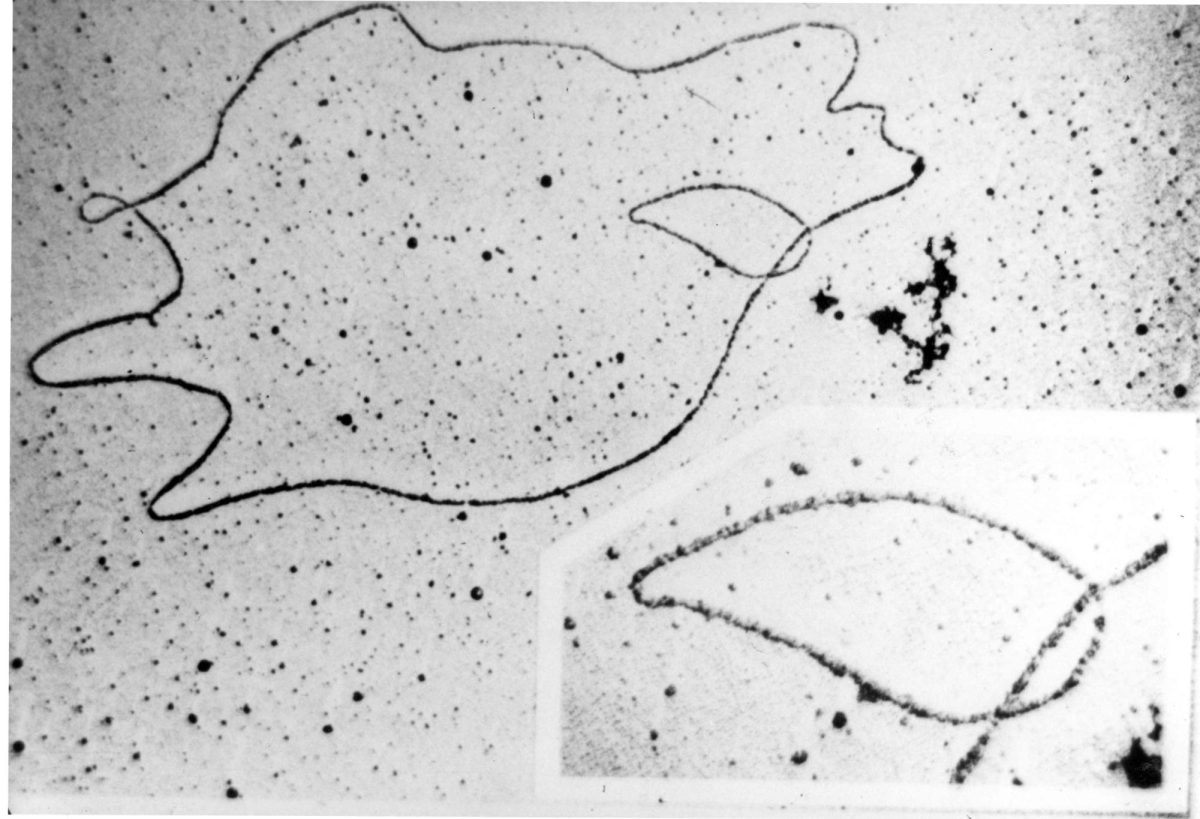Recently, scientists have made two interesting discoveries related to the human body. On the surface level, the two studies will appear very different, but they both utilized an interesting method of study. The researchers analyzed genes, but not just from modern humans. They also analyzed genes from prehistoric people, and managed to find out more about modern phenomena by comparing these genes to modern DNA.
The first study was only published a few days ago in the Nature Journal, in an article called “Elevated genetic risk for multiple sclerosis emerged in steppe pastoralist populations.” According to the information from this journal, the focus of the study was a disease called multiple sclerosis (abbreviated as MS) and its relation to ancient humans. This disease is most common in Europe. The researchers knew that the presence of MS is related to one’s lifestyle. They also, however, knew that there is a genetic factor. So, according to the journal and Science.org, they carefully collected genetic information from existing Europeans, then analyzed and compared it to the MS-related genes of ancient people.
Afterwards, the journal describes how the scientists utilized their knowledge of ancient migration patterns to figure out why exactly Europe was so ridden with MS. They knew that, at one point, Europe was filled with a population of farmers. Eventually, however, a new human population migrated there “around 5000 years ago”, in the words of CNN. These newcomers were pastorists. They didn’t farm crops. They herded animals.
According to The New York Times, these people wiped out many of the farmers and brought new genes into Europe. The original journal says that these genes are known to be related to the cause of MS in the modern world. Now, in general, those who have ancestry related to ancient European pastorists are more likely to have multiple sclerosis. More detailed overviews of this study can be found, as aforementioned, at the CNN website and The New York Times.
The second study (which is slightly older than the other, having been posted on December 14 2023) was originally published in a journal called “Genome Biology and Evolution.” According to this journal and Science.com’s article, “Neanderthals were morning people”, scientists first began the study by reviewing known info about ancient modern humans and neanderthals. Their evolution, to start, was of particular interest. In the prehistoric world, multiple advanced primates shared the earth. Modern humans, neanderthals, and denisovans all existed alongside one another. At one point, however, modern humans and Neanderthal humans lived in different geographic locations. They thus evolved separately. Particularly, the scientists discovered that they evolved different sleep cycles, or circadian rhythms; so when the populations eventually mixed, the varying sleep-cycle genes were shared between them. Through careful genetic study, the scientists made an interesting conclusion. This gene sharing between the separate groups could be why some people today like to wake up early, while others prefer to stay up late.
Immediately, there are some similarities between both studies. They both concern events in prehistory; in one study, it would be the migration of the pastorists, and in the other, the mixing of the neanderthal and modern human species. Both also utilized the collection of DNA. Thus there is a great benefit to analyzing genes and studying prehistoric events. Simply by looking at genes, we are able to unlock our past and obtain explanations for modern psychological and medicinal phenomena. The described methods may even be used in the future to answer more questions.
For example, around a year ago, a study called “Towards a great ape dictionary: Inexperienced humans understand common nonhuman ape gestures” was published and posted in Plos Biology. In the study, researchers conducted an experiment which showed that humans were able to identify common gestures used by apes for a majority of the time. There is, then, a connection between the language of humans and lesser primates. Through gene analysis, we could perhaps find out how our form of communication changed as our species became less primitive. By noting, too, how human communication stayed the same over the millenia, we could find out why we are naturally able to understand our less-developed ape relatives.
In conclusion, both studies say a lot about current technology and what it can achieve. It will certainly be interesting to see how these methods are used in the future.

































